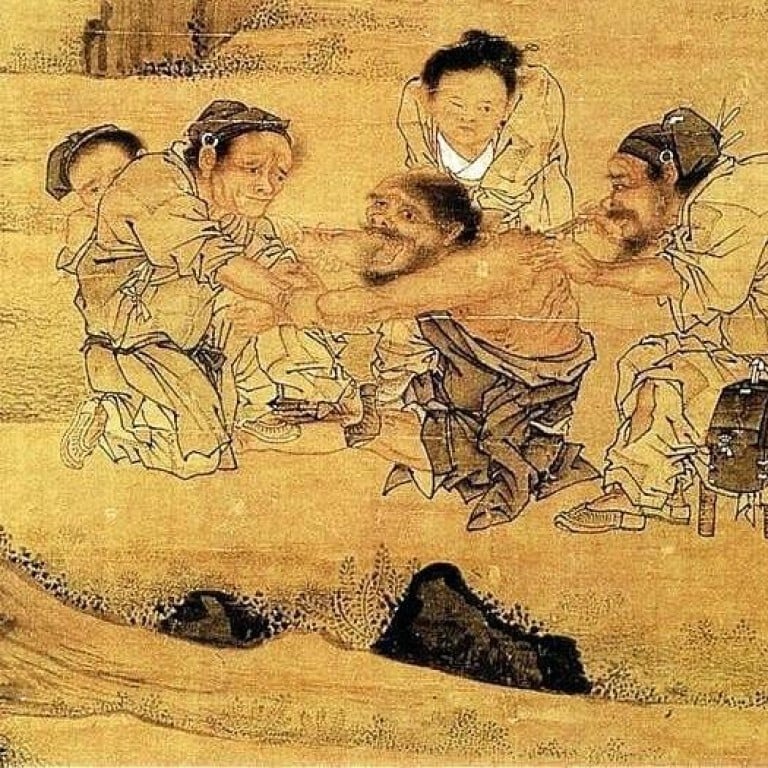
Dental care in ancient China was quite advanced, although not up to modern standards
- More than 2,000 years ago, Chinese physicians were treating patients’ teeth, sometimes successfully
- Mentions of dentures, or ‘planted teeth’, appear in certain 12th-century writings
The biography of the famous doctor Chunyu Yi (205–150BC), in Records of the Grand Historian, recorded 25 of his cases, one of which involved dental work. A grandee in the state of Qi was suffering from tooth decay. Chunyu Yi turned to acupuncture, inserting needles into the patient’s left arm, and told him to gargle every day with three sheng (about 650ml) of an infusion of bitter root, the exact composition of which has been lost. The patient became well after five or six days.
According to Chunyu Yi, the cause of the tooth decay was an attack of “wind” because he slept with his mouth open. Also, and this is more in line with modern knowledge of dental hygiene, because he did not gargle after his meals.
The great doctor of the Eastern Han dynasty, Zhang Zhongjing (150–219), recommended using the mineral realgar and common whitlow grass to treat tooth decay. His instructions seemed to involve igniting a mixture of the powdered ingredients and applying the heated medicine on the affected area. Realgar, known as xionghuang in Chinese, is a toxic mineral compound of sulphur and arsenic and is rarely used in traditional Chinese medicine today.
Getting to the roots of dentistry in ancient China
To remedy “imperfect and fallen teeth”, Newly Revised Pharmacopoeia, a book on herbs and clinical medicine compiled in the mid-7th century during the Tang dynasty, recommended combining tin, silver foil and mercury to create an alloy that was “as dense and hard like silver”. It is uncertain whether this was used as a tooth filling or moulded into dentures.
In one of his poems, Lu You (1125–1210) mentioned a person who “planted teeth”. His own annotation reads: “I have recently heard that there are those whose work is to replace fallen teeth.” His contemporary, Lou Yao (1137 – 1213), wrote of a certain Chen, whose skill as a “tooth planter” was so amazing that “he whose tooth has fallen can change for a new one … thus preserving the beauty of his handsome set of teeth”.
These writings show that false teeth were in existence by the Southern Song dynasty (1127–1279). A book from the mid-18th century mentioned a shop in the marketplace that advertised dentures just like the “real thing”.
Although the records are sketchy, what we know is that dental care in ancient China was quite advanced for its time. Modern dentistry came to China with western medicine. Today, one would be hard pressed to find any Chinese dentist who would use the ancient ways of acupuncture, gargling with bitter root water or applying toxic minerals to treat tooth decay, or any patient willing to let them try. “Tooth planters” today also use much more advanced methods and materials to restore our smiles and proper mastication.

